For new energy vehicle owners, the charging method directly affects battery life. The long-term difference between fast and slow charging significantly impacts vehicle range.
I. Core Working Logic of Fast and Slow Charging
Fast Charging (DC Charging): The charging current is several times, even tens of times, higher than slow charging. It directly outputs DC power through the charging pile’s built-in rectifier, bypassing the onboard charger to replenish the battery, resulting in extremely high efficiency.
Slow Charging (AC Charging): Relies on the onboard charger to convert AC power to DC power. The power output is lower, and the charging speed is slower, but the power delivery is more stable.
II. Different Impacts on the Battery
Long-term Fast Charging: The high current forces lithium ions to rapidly embed into the negative electrode. Some lithium ions, before embedding, deposit as inactive metallic lithium, reducing the number of cyclic lithium ions and causing irreversible capacity degradation. Simultaneously, the high current generates high temperatures inside the battery, accelerating side reactions such as electrolyte decomposition and current collector dissolution, further shortening battery life.
Long-term Slow Charging: The low current allows lithium ions to embed gently into the negative electrode, avoiding metallic lithium deposition. During charging, the battery generates very little heat, reducing side reactions, effectively slowing down battery capacity decay, and extending battery life.
III. Practical Recommendations for Reasonable Charging
Prioritize slow charging. It’s recommended to install a slow charging station at home or in a fixed parking space. Use slow charging overnight after your daily commute for both convenience and battery protection.
After long-distance travel using fast charging, fully charge the battery with slow charging upon arrival at your destination. This helps the battery management system calibrate its capacity and accurately monitor battery status.
If slow charging is unavailable and you must use fast charging for extended periods, there’s no need to be overly anxious. The battery thermal management system provided by the car manufacturer will control the operating temperature and reduce damage. Occasional fast charging has a negligible impact on the battery.
Core Principle: Prioritize slow charging for daily use, and only use fast charging as an emergency supplement. This will meet your usage needs while maximizing battery lifespan.

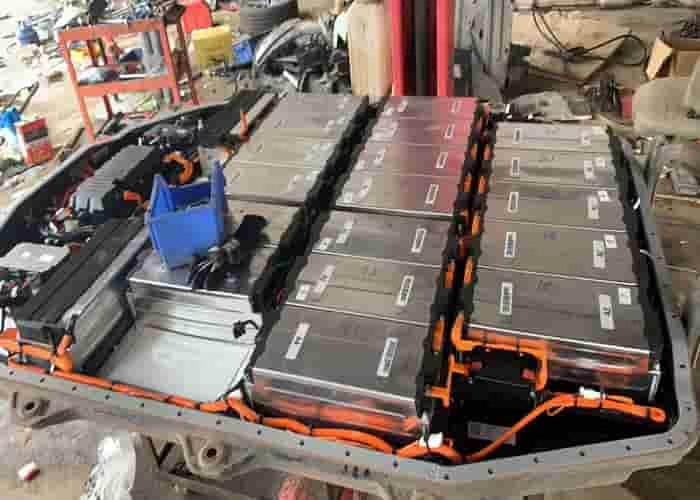
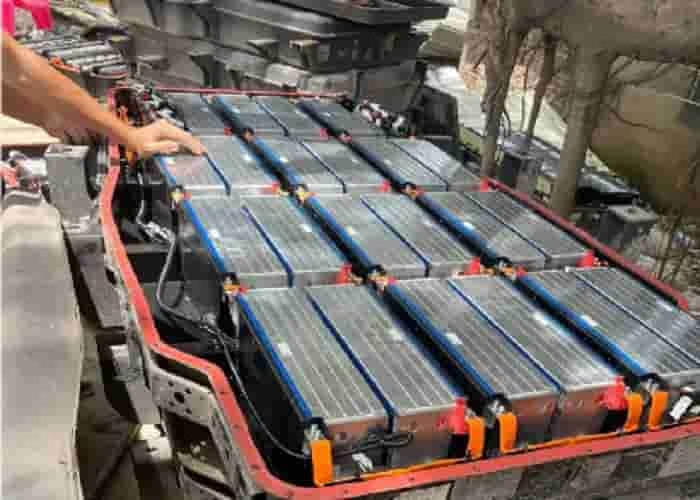

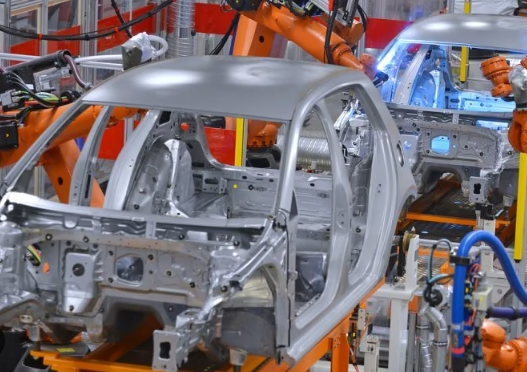
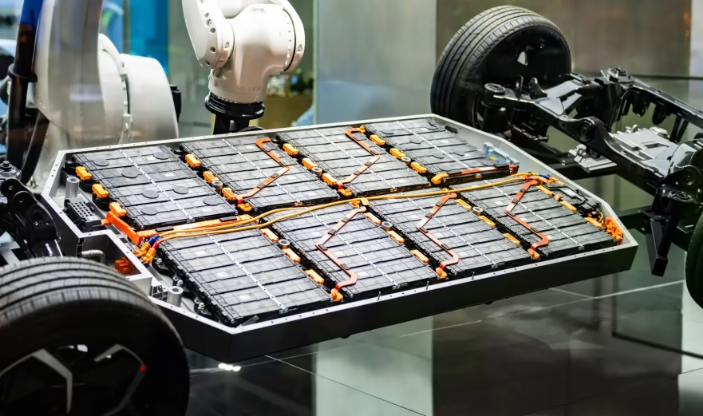
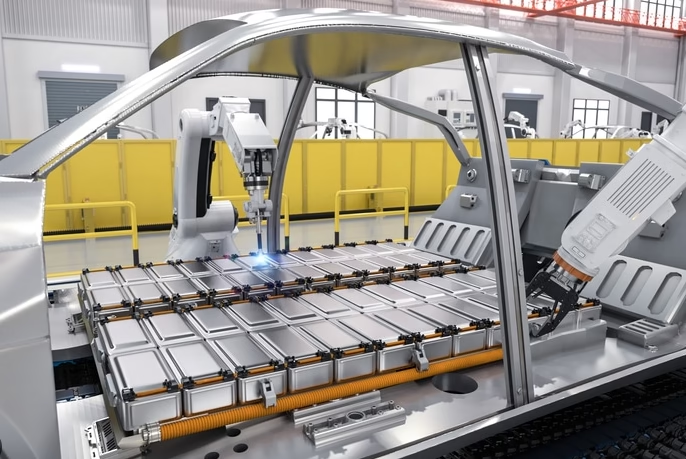
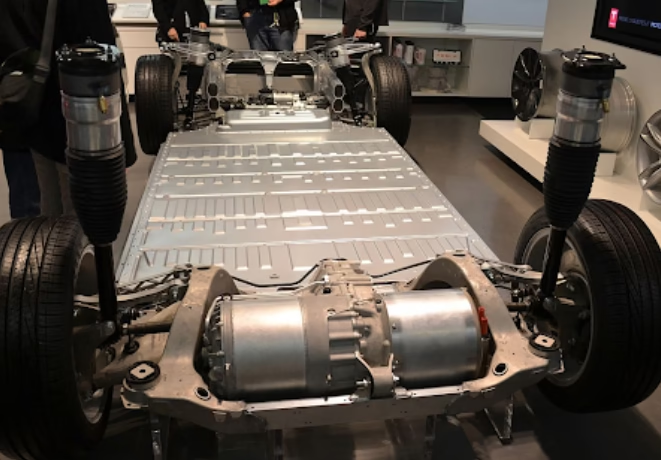
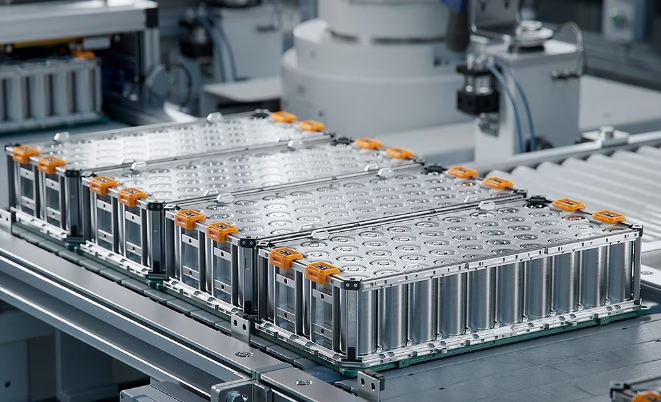
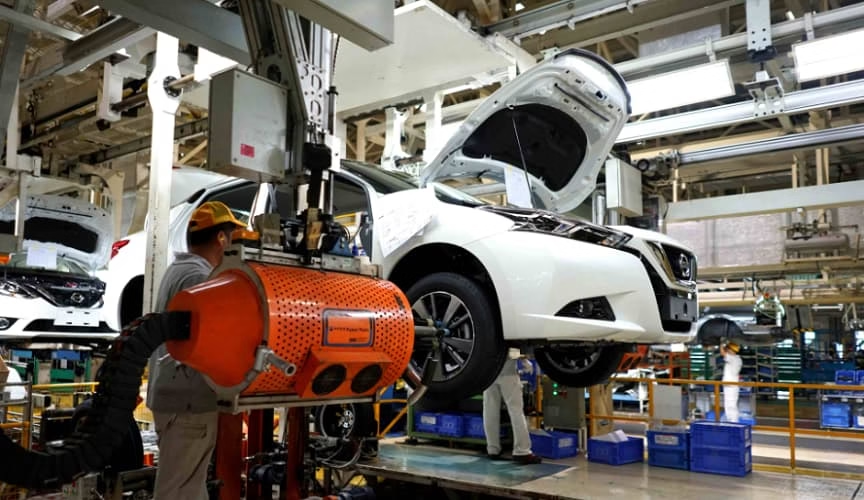
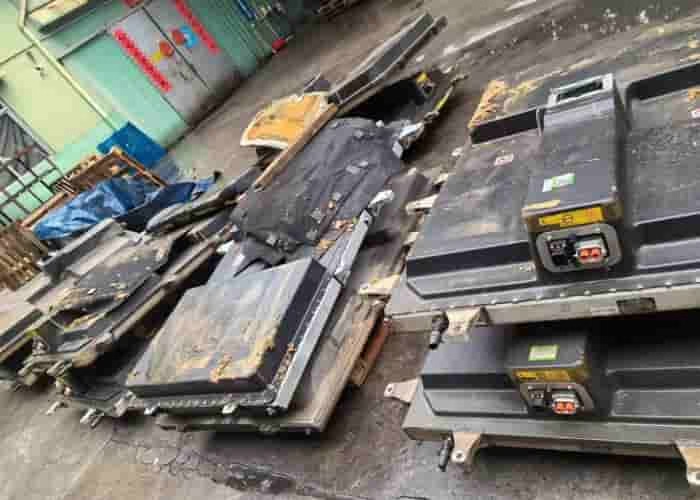
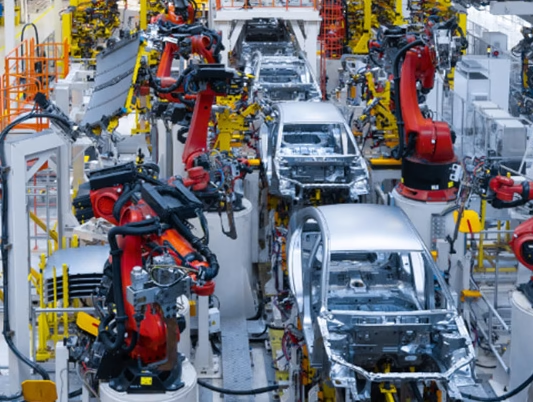
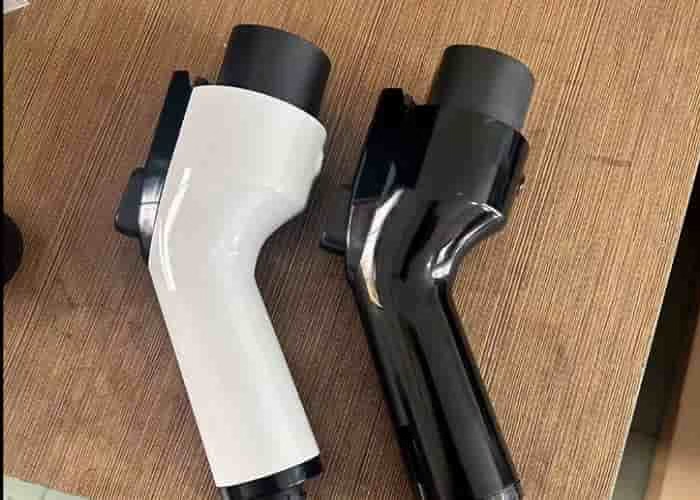


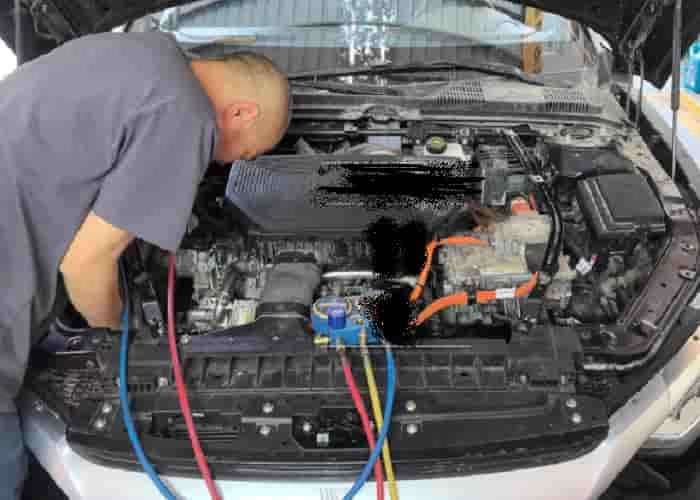
Leave a Reply